Winter brings a host of challenges, particularly when it comes to protecting outdoor structures such as pipes, faucets, and exposed machinery. Freezing temperatures can cause severe damage to your outdoor fixtures which can result in costly repairs and inefficiencies at home. In industrial and commercial contexts, freezing temperatures can cause damage to equipment and machinery.
A major preventive solution for these issues is the use of custom insulated covers. In this blog, we’ll explore how to protect outdoor pipes from freezing with the help of custom covers.
Why Insulated Covers are the Best Solution
Water expands when it freezes, and if it happens inside a pipe, it can cause the pipe to burst. This can lead to extensive water damage, not just outdoors, but inside your property as well. Insulated covers provide a simple, effective solution to prevent freezing in pipes, faucets, and outdoor structures. These covers are designed to retain heat, keeping the internal temperature above freezing, even during extreme cold.
How to Protect Exposed Outdoor Pipes
Install Pipe Covers for Freezing Temperatures
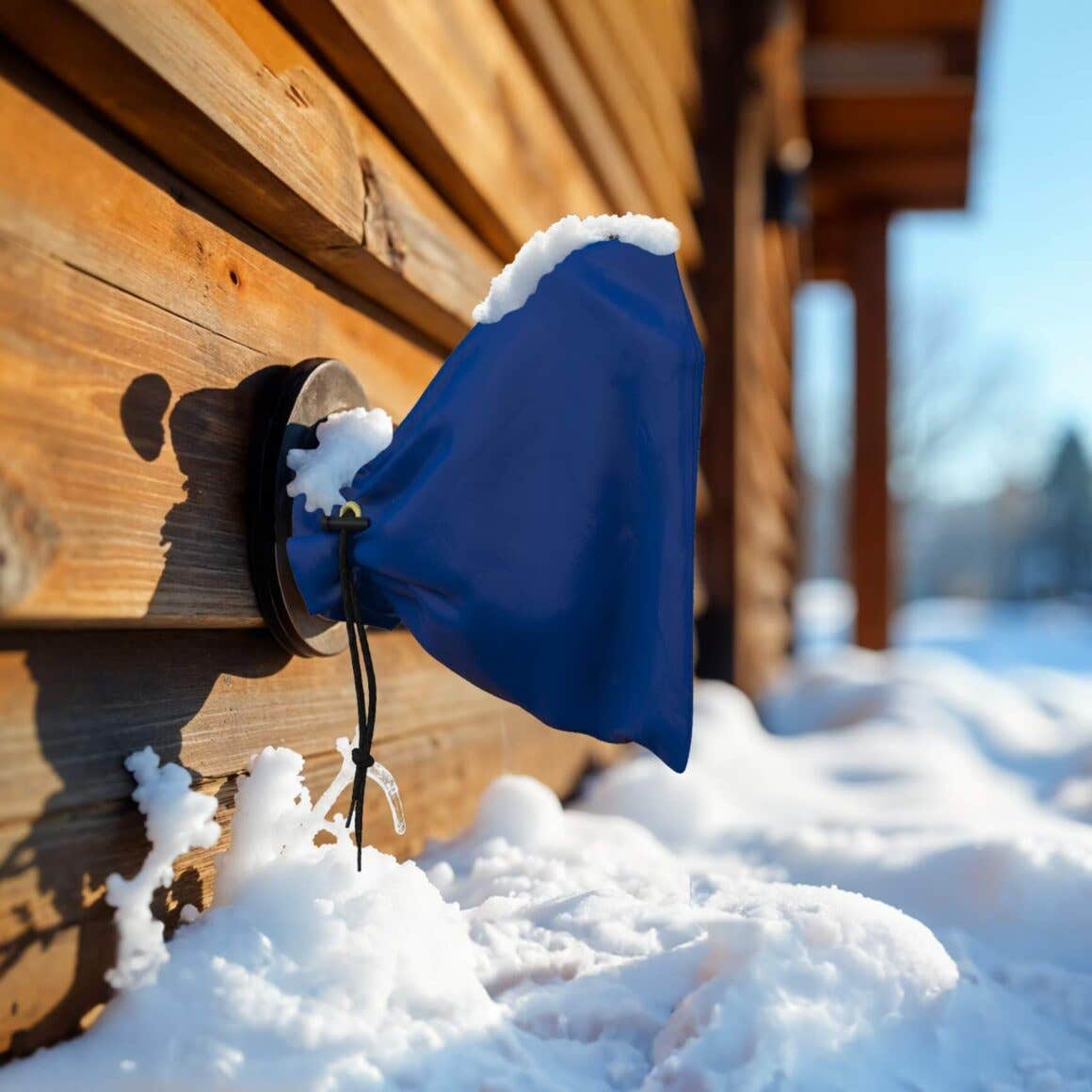
The best way to prevent burst pipes with insulated covers is to proactively install custom or pre-made insulation solutions before the freezing weather hits. These covers act as a thermal barrier between the pipe and the cold air, preventing freezing. Pipe covers are available in various materials such as foam, rubber, and fiberglass, and can easily be wrapped around your pipes.
Double-Layer Insulation for Extra Protection
In regions with particularly harsh winters, adding a second layer of insulation or using thicker insulation materials can provide extra protection. This is especially important for pipes that are directly exposed to the elements.
Use Insulating Tape
For smaller pipes or areas where a full cover may not be practical, insulating tape can be a quick and effective alternative. The tape can be wrapped around the pipe to provide some level of protection against freezing temperatures. However, for extended periods of extreme cold, combining tape with custom pipe insulation covers is more effective.
Seal Gaps and Cracks
Cold air can seep into even the smallest gaps and cracks around your pipes, so it’s essential to check for and seal any vulnerabilities. Use caulking or expanding foam to fill gaps around pipes and prevent drafts that could lead to freezing.
Drain and Shut Off Water Supply
If you have exposed pipes that are not in use during the winter, drain them and shut off the water supply. This will prevent water from sitting in the pipes and freezing. However, make sure to use custom pipe insulation covers for pipes that must remain functional throughout the winter.
Use Heating Cables
For pipes that are especially prone to freezing, installing heating cables underneath the insulation can provide additional warmth. These cables work by radiating heat, keeping the pipe’s temperature above freezing even in extremely cold weather.
Protecting Outdoor Faucets
Outdoor faucets are another common weak point during the winter months, as they are highly susceptible to freezing. Outdoor faucet protection during winter is essential for preventing costly damage. Here is how to protect outdoor faucets with some simple steps:
Use Insulated Covers: Outdoor faucet covers are specifically designed to fit over your faucet and provide a thermal barrier against cold air. The best covers for outdoor faucets include foam faucet covers or custom-made insulated covers for a more secure fit. These covers are easy to install and highly effective at preventing freezing.
Disconnect Hoses: Make sure to disconnect hoses from outdoor faucets before the first frost. Water left in hoses can freeze and expand, causing pressure to build up in the faucet and pipes, which could lead to damage.
Drain the Faucet: Once the hose is removed, drain any remaining water from the faucet. Turning off the water supply to the faucet, if possible, can further protect it from freezing.
Safeguarding Machinery and Industrial Equipment from Damage
Cold weather can damage outdoor machinery, sensitive industrial equipment, and large outdoor pipes. Freezing can lead to fluid thickening, component cracking, and electrical failures, all of which disrupt productivity. Therefore, protecting your outdoor machinery is crucial to ensure longevity, safety, and uninterrupted performance in harsh winter conditions.
Custom insulated industrial and equipment covers are among the most effective solutions to prevent freezing. Here are some additional tips on how you can safeguard your machinery and equipment from freezing temperatures:
Drain Moisture from Systems
Drain water and moisture from machinery, particularly from cooling and hydraulic systems, as frozen moisture can cause pipes to burst or damage components. Consider installing dehumidifiers or desiccants in machinery enclosures to prevent moisture buildup, which can freeze and cause damage.
Use Custom Insulated Covers
Use high-quality, insulated machine covers specifically designed for industrial machinery to provide a thermal barrier against freezing temperatures. Custom equipment covers are designed to fit the exact specifications of machinery and protect these valuable assets from the elements.
Lubrication and Fluids
Switch to low-temperature lubricants and antifreeze solutions to prevent fluids from thickening or freezing. Regularly check and replace fluids that are more prone to freezing, such as oil, hydraulic fluids, and coolants.
Heated Storage or Enclosures
Store machinery in heated enclosures or buildings where possible to maintain a controlled environment. For outdoor equipment, portable heaters or engine block heaters can help maintain operational temperatures.
Protect Electrical Components
Insulate and waterproof sensitive electrical components to prevent short circuits and damage from ice formation. Use winter-grade electrical enclosures to keep wiring and connections safe from freezing.
Conclusion
Winter weather can cause outdoor fixtures, pipes, and faucets to freeze, leading to potential bursts and costly damage. With the help of the above strategies, you’ll be able to take the right steps to protect your outdoor fixtures from costly repairs and disruptions. Invest in the right covers to insulate your pipes, faucets and machinery alongside taking other preventive measures. By preparing now, you can enjoy a worry-free winter, knowing you’ve done everything possible to protect your outdoor structures.
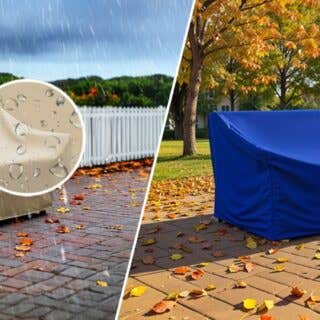



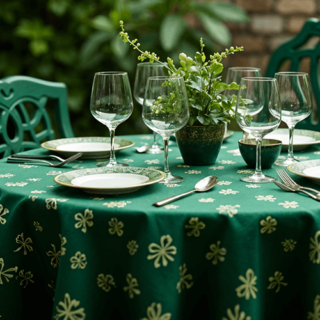

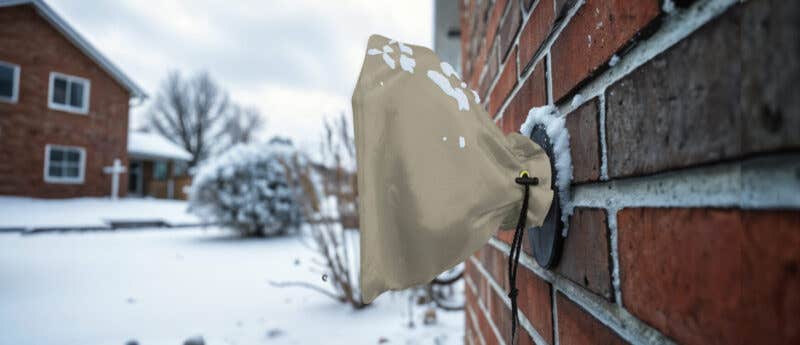

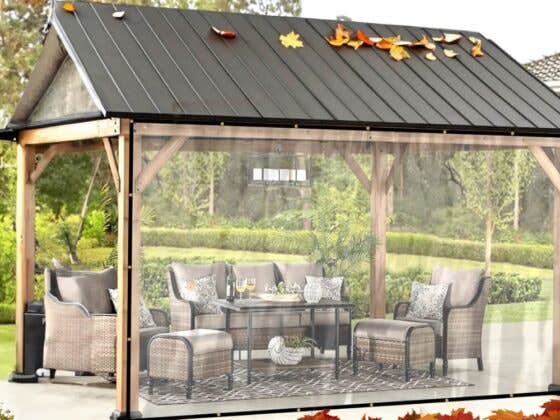



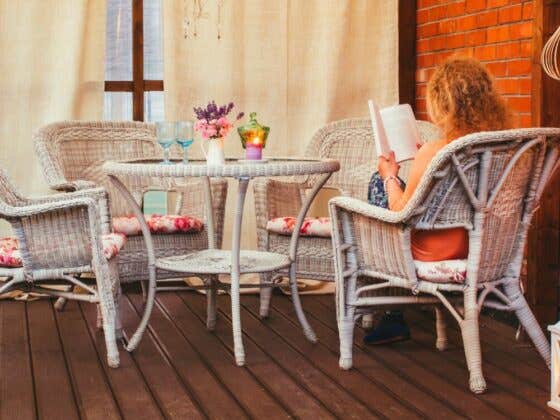


Recent Comments